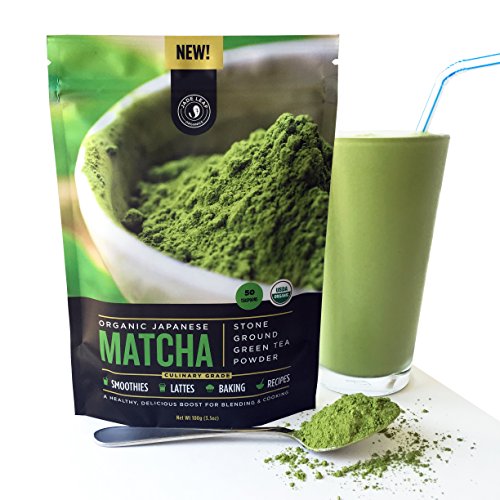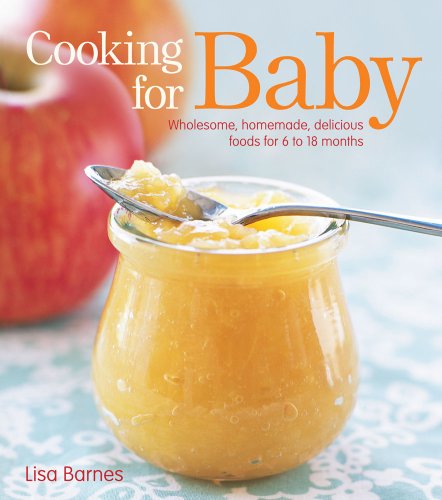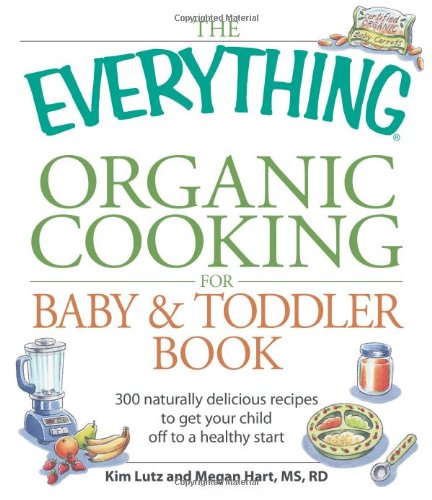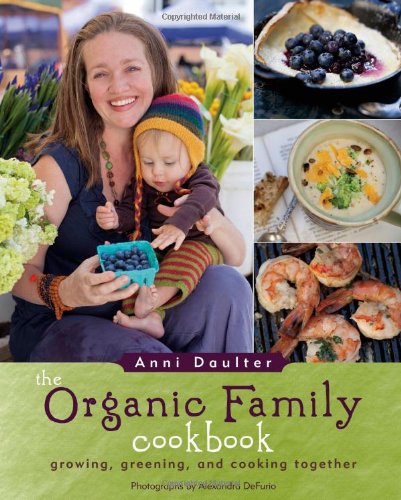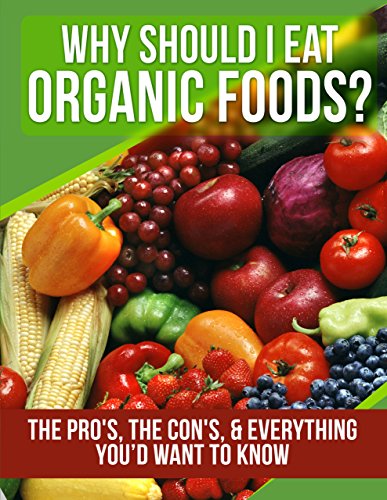
FOOD: Organic Foods: Why Should I Eat Organic Foods? (The Pro’s, the Con’s, & Everything You’d Want To Know) (Healthy Cooking, Weight Watchers, Healthy … Raw Vegan, Healthy Eating, Raw Book 1)
Limited Time Offer: Download Today And You’ll Receive A Link To Access Free Books (Located At End Of The Book) FOOD **DOWNLOAD TODAY AND YOU’LL RECEIVE A FREE NEW RELEASE BONUS BOOK OFFER!** Can You Name 3 Reasons Good Reasons Why You Should Or Shouldn’t Eat Organic Foods? If not, then this book was created for you! Today, it is very important to know how to choose what to eat, and most of all WHY you’re eating it in order to stay healthy, free of disease. MOST of the foods options we have today are potentially harmful – they genetically modified and filled with pesticides, chemicals, and lack the nutrients our bodies need. You will soon discover what organic food is, what foods ARE healthy to eat, and why you should eat organic foods. Most people DO NOT know what organic food is or WHY they should eat it. LEARN:: – The Differences Between Organic And Non Organic Foods – Why Choose Organic Foods? – Organic VS Certified Organic – The Advantages & Disadvantages of Going Organic – Top Products That You Should Buy – The Healthiest Fruits and Vegetables – How Eating Non-Organic Will Affect Your Health To Get Started, Simply Scroll Up To The Top-Right of The Screen, and Click The Orange “Buy Now” button.

